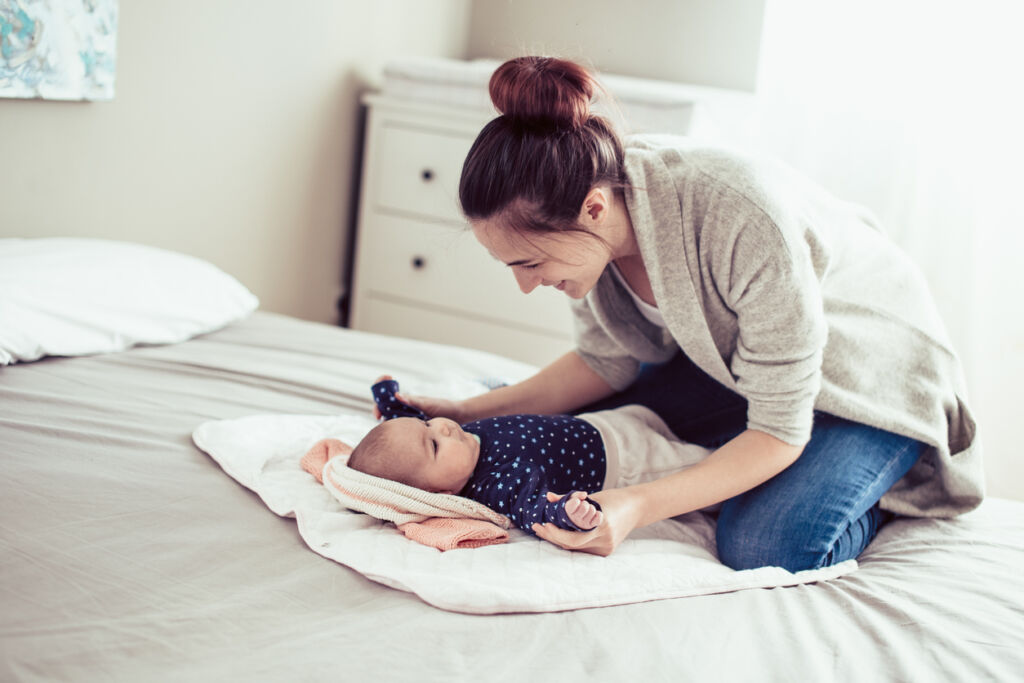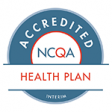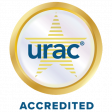
Ways to Create a Safe Sleep Environment
Here are some ways you can create a safe sleep environment:
- Put your baby on their back for all naps and at night.
- Babies who sleep on their backs are much less likely to die suddenly and unexpectedly than babies who sleep on their stomachs or sides.
- The problem with the side position is that your baby can roll more easily onto their stomach.
- Some parents worry that babies will choke when they’re on their backs. But your baby’s airway anatomy and gag reflex will prevent that.
- Babies with gastroesophageal reflux disease (GERD) should sleep flat on their backs.
- A newborn should be placed skin-to-skin with their mother as soon after birth as possible for at least an hour.
- After that, or when the mother needs to sleep or take care of her other needs, the baby should be placed on their back in a bassinet with no incline.
- Preemies may need to be on their stomachs temporarily while they’re in the NICU.
- It would be best if you placed the baby on its backs as soon as they’re medically stable. This helps them adjust to sleeping on their backs before going home.
- Some babies will roll onto their stomachs.
- You should always place your baby to sleep on its back, but if they’re comfortable rolling both ways (back to tummy, tummy to back), you don’t need to keep turning your baby to their back again.
- Keep your baby’s sleeping area clear.
- Be sure that there are no blankets, pillows, stuffed toys, or bumper pads in your baby’s bed.
- Your baby could roll into any of these items, which could block their airflow.
To learn more about safe cribs, bassinets, portable cribs or play yards, see “Making Sure Your Baby’s Bed is Safe.”






